
Pink dolphins are one of nature’s most captivating and mysterious creatures, drawing fascination from both scientists and the public alike. Their striking hue, which seems almost mythical, sets them apart in the animal kingdom. This article delves into the scientific explanations behind their unusual coloration, exploring the different types of pink dolphins and the factors that contribute to their distinctive appearance.
The Majestic Pink River Dolphin
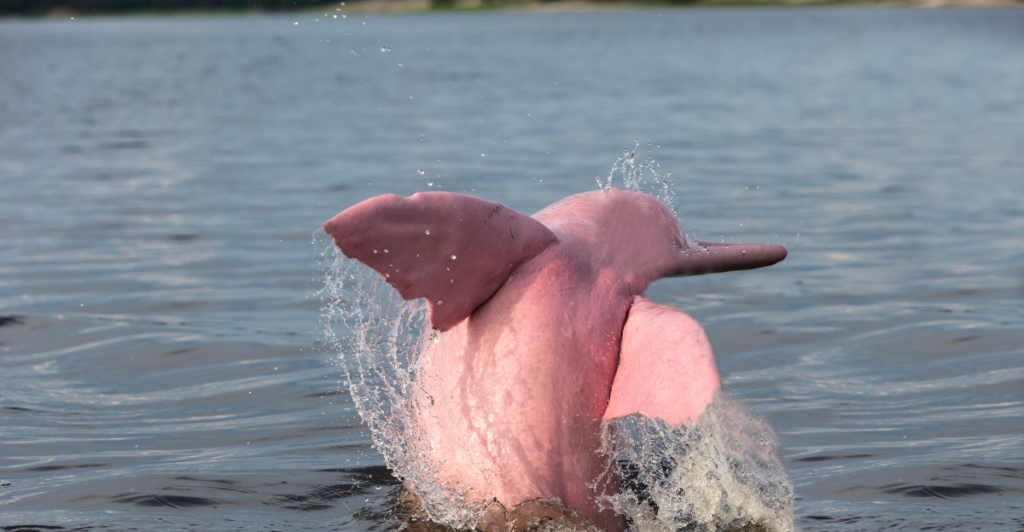
One of the most well-known types of pink dolphins is the Amazon River dolphin, also known as the boto. Native to the Amazon and Orinoco River basins, these dolphins are known for their varying shades of pink. Interestingly, not all Amazon River dolphins are pink—some are born grey and gradually turn pink as they age. The intensity of their pink coloration can vary from a subtle blush to a vivid, almost neon pink.
The Indo-Pacific Humpback Dolphin
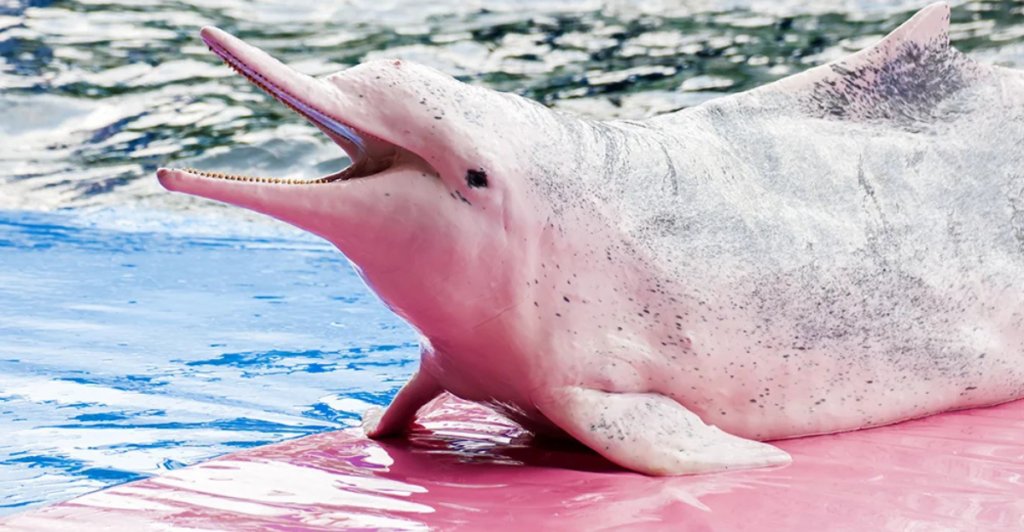
Another species that occasionally displays a pinkish hue is the Indo-Pacific humpback dolphin. Found in the coastal waters of the Indian and Pacific Oceans, this dolphin’s pink coloration is less consistent and usually limited to certain populations, such as those found around Hong Kong. Their pink appearance is believed to be influenced by environmental factors and age, with older dolphins showing more prominent pink hues.
The Science of Coloration: Capillaries and Maturity
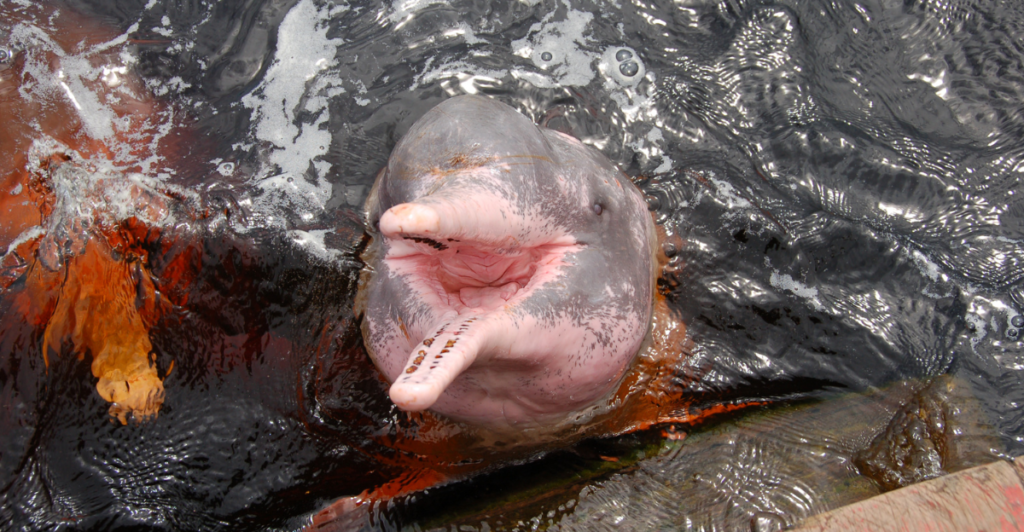
The pink coloration in Amazon River dolphins is primarily attributed to capillaries near the surface of their skin. When these dolphins are excited or exerting themselves, blood flow increases to these capillaries, leading to a more pronounced pink appearance. This is similar to how humans might flush or blush in response to various stimuli. In addition, scarring from social interactions or battles with predators can result in an increase in pigmentation, leading to more vibrant pink patches.
Environmental Influence: The Role of Turbidity
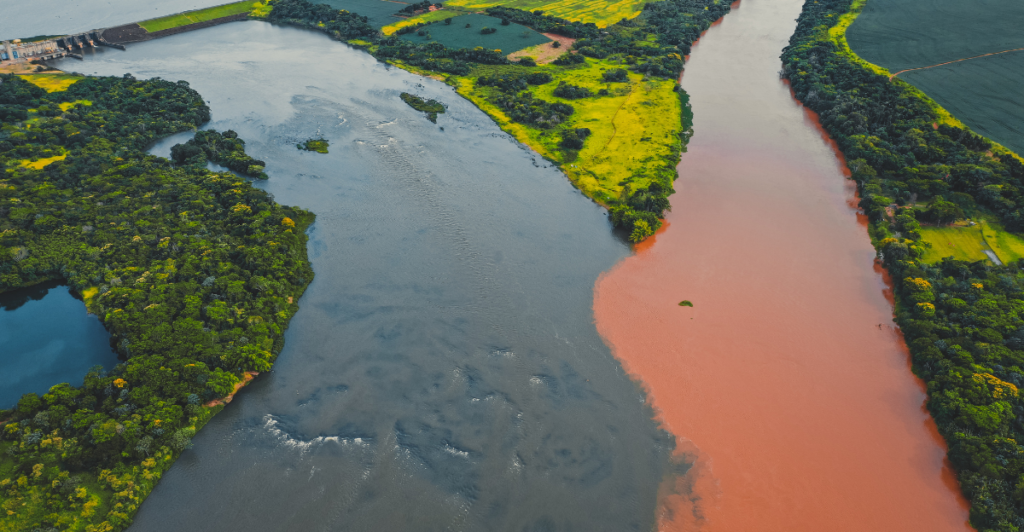
Environmental factors also play a role in the coloration of pink dolphins. The murky waters of the Amazon River, rich in sediments and organic matter, provide a unique habitat where the dolphins’ pink coloration offers a form of camouflage. In contrast, Indo-Pacific humpback dolphins in clearer waters may not develop the same intense pink coloration, as the need for such camouflage is reduced.
Genetic Factors: A Natural Variation
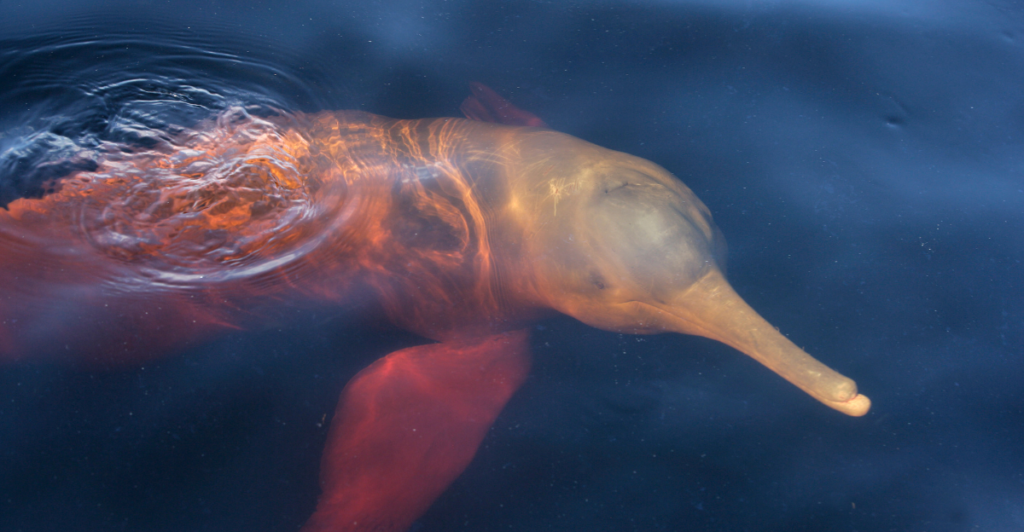
Genetics also contribute to the pink coloration seen in these dolphins. In the case of the Amazon River dolphin, there is a natural variation in pigmentation among individuals, with some dolphins remaining grey throughout their lives. Genetic diversity within populations can lead to differences in coloration, which might provide evolutionary advantages, such as better mating opportunities or enhanced camouflage in specific environments.
Social and Behavioral Aspects

The pink coloration of dolphins is not merely a biological curiosity; it also plays a role in their social interactions. In some cases, a more vibrant pink color may signal maturity and health, making individuals more attractive to potential mates. Additionally, the coloration can help in social bonding, as it may serve as a visual cue for recognition among pod members.
Conservation Concerns: Human Impact on Pink Dolphins
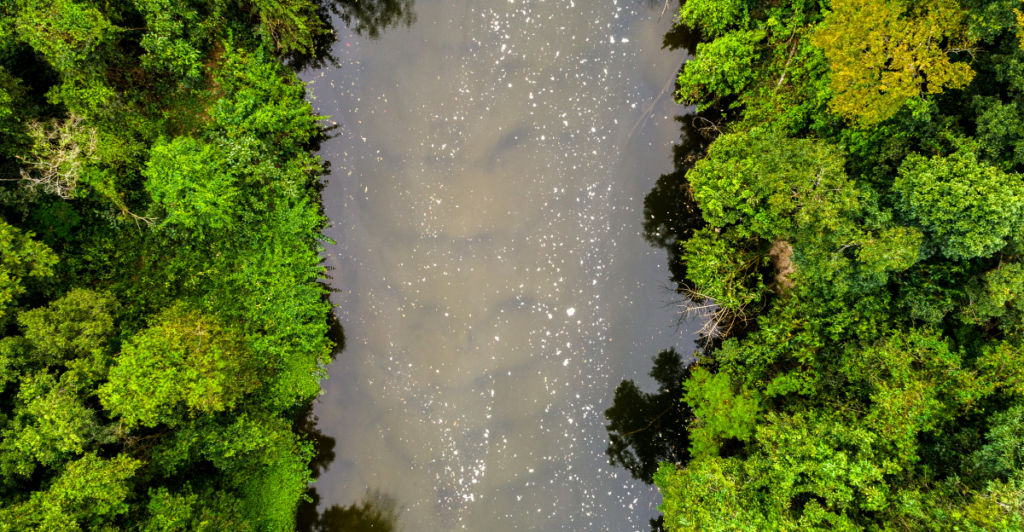
Despite their enchanting appearance, pink dolphins face numerous threats due to human activities. Habitat degradation, pollution, and fishing practices have significantly impacted their populations. Conservation efforts are crucial to protect these unique creatures and their habitats. Raising awareness about their ecological significance and the threats they face is an essential step in ensuring their survival.
The Role of Indigenous Knowledge

Indigenous communities living along the Amazon River have long revered pink dolphins, often embedding them into their folklore and traditions. These communities possess valuable ecological knowledge that can aid in conservation efforts. By integrating traditional knowledge with scientific research, conservationists can develop more effective strategies to protect these dolphins and their habitats.
Ecotourism: A Double-Edged Sword

The allure of pink dolphins has fueled ecotourism in regions like the Amazon and Hong Kong. While ecotourism can promote conservation by raising awareness and funding, it can also pose threats if not managed sustainably. The presence of boats and tourists can disrupt dolphin habitats and behaviors, emphasizing the need for responsible tourism practices.
The Global Appeal of Pink Dolphins
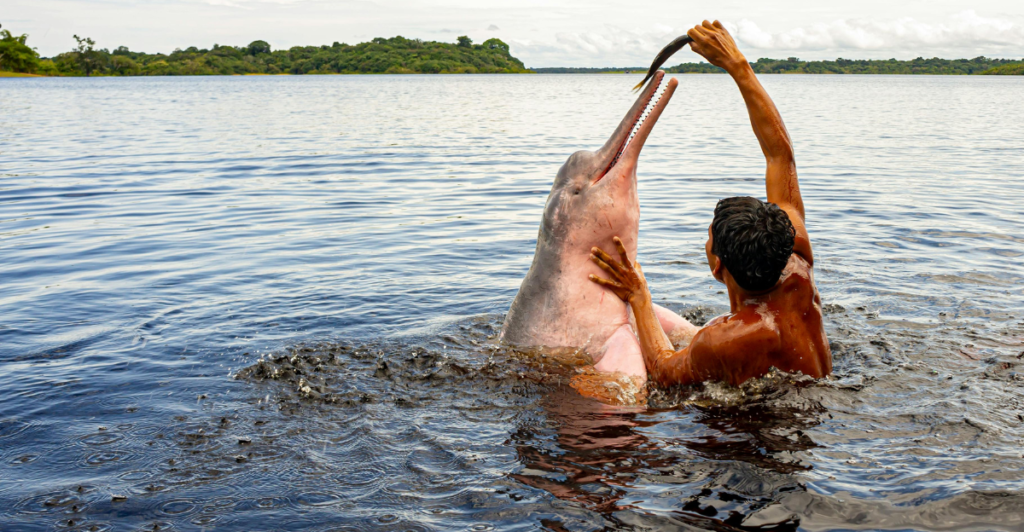
Pink dolphins have captured the imagination of people worldwide, becoming symbols of biodiversity and the wonders of aquatic life. Their unique coloration, combined with their playful and intelligent nature, makes them ambassadors for marine conservation. Through educational initiatives and media representation, pink dolphins continue to inspire efforts to protect marine ecosystems.
Scientific Research: Unraveling the Mysteries
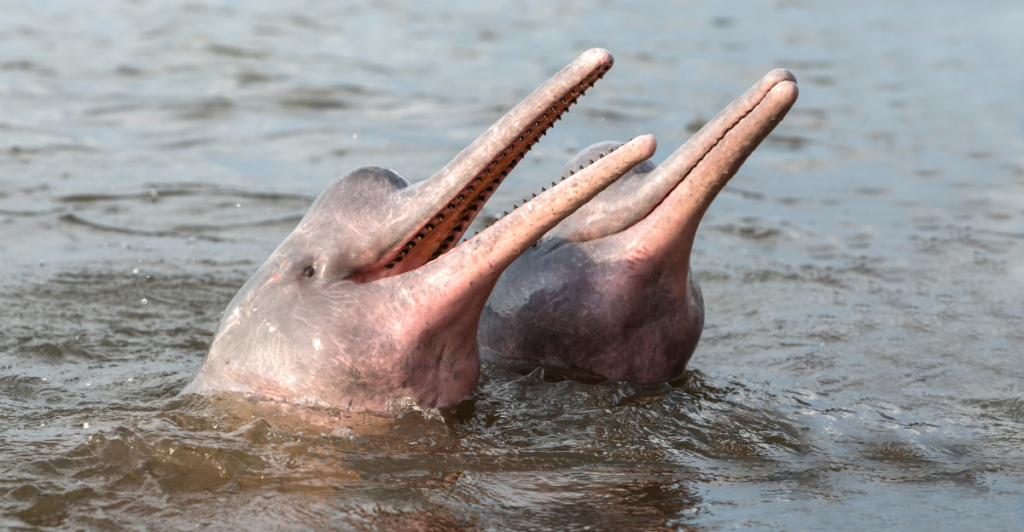
Ongoing scientific research is crucial in understanding the complexities of pink dolphin coloration and behavior. Studies on their genetics, physiology, and ecology provide insights into their adaptation mechanisms and responses to environmental changes. Such research not only enhances our knowledge of pink dolphins but also informs broader conservation strategies for marine mammals.
Future Challenges and Opportunities
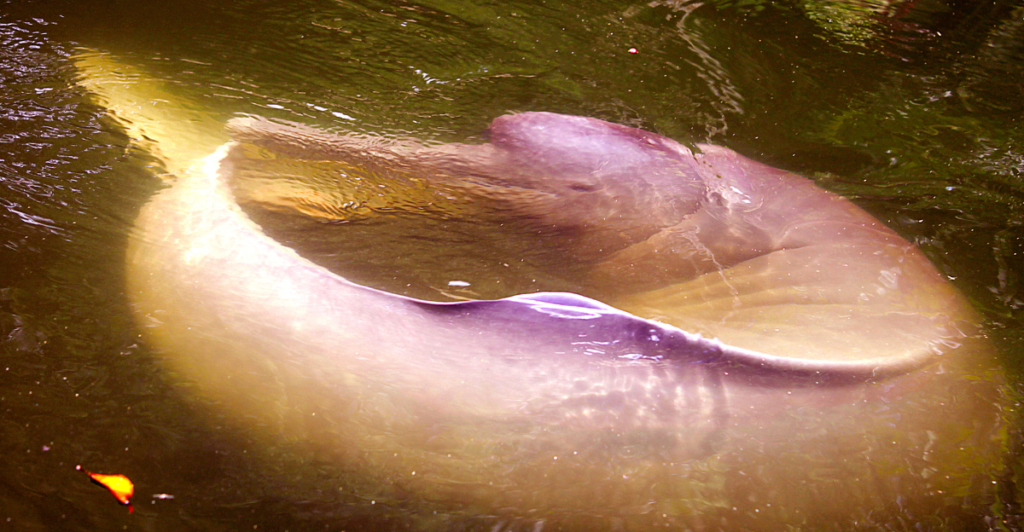
The future of pink dolphins hinges on the balance between human activities and conservation efforts. Climate change, habitat destruction, and pollution present significant challenges. However, advancements in conservation science, coupled with global awareness and community involvement, offer hope for the continued existence of these remarkable creatures. Pink dolphins are more than just a spectacle of nature; they are a reminder of the delicate balance within ecosystems. Understanding the science behind their unique coloration deepens our appreciation of their role in the environment. It also underscores the importance of conservation efforts to protect not only pink dolphins but the rich biodiversity they represent. As stewards of the planet, it is our responsibility to ensure that future generations can marvel at the beauty of pink dolphins and the vibrant ecosystems they inhabit.
Discover more of our trending stories and follow us to keep them appearing in your feed

12 Bold Animals That Have No Fear of Predators – Nature’s Underrated Fighters
Top 10 Largest Domestic Cat Breeds by Weight
Colossal American Impact Crater Found—Three Times Bigger Than the Grand Canyon
8 Massive Ice Age Animals That Once Roamed North America
Stay connected with us for more stories like this! Follow us to get the latest updates or hit the Follow button at the top of this article, and let us know what you think by leaving your feedback below. We’d love to hear from you!







